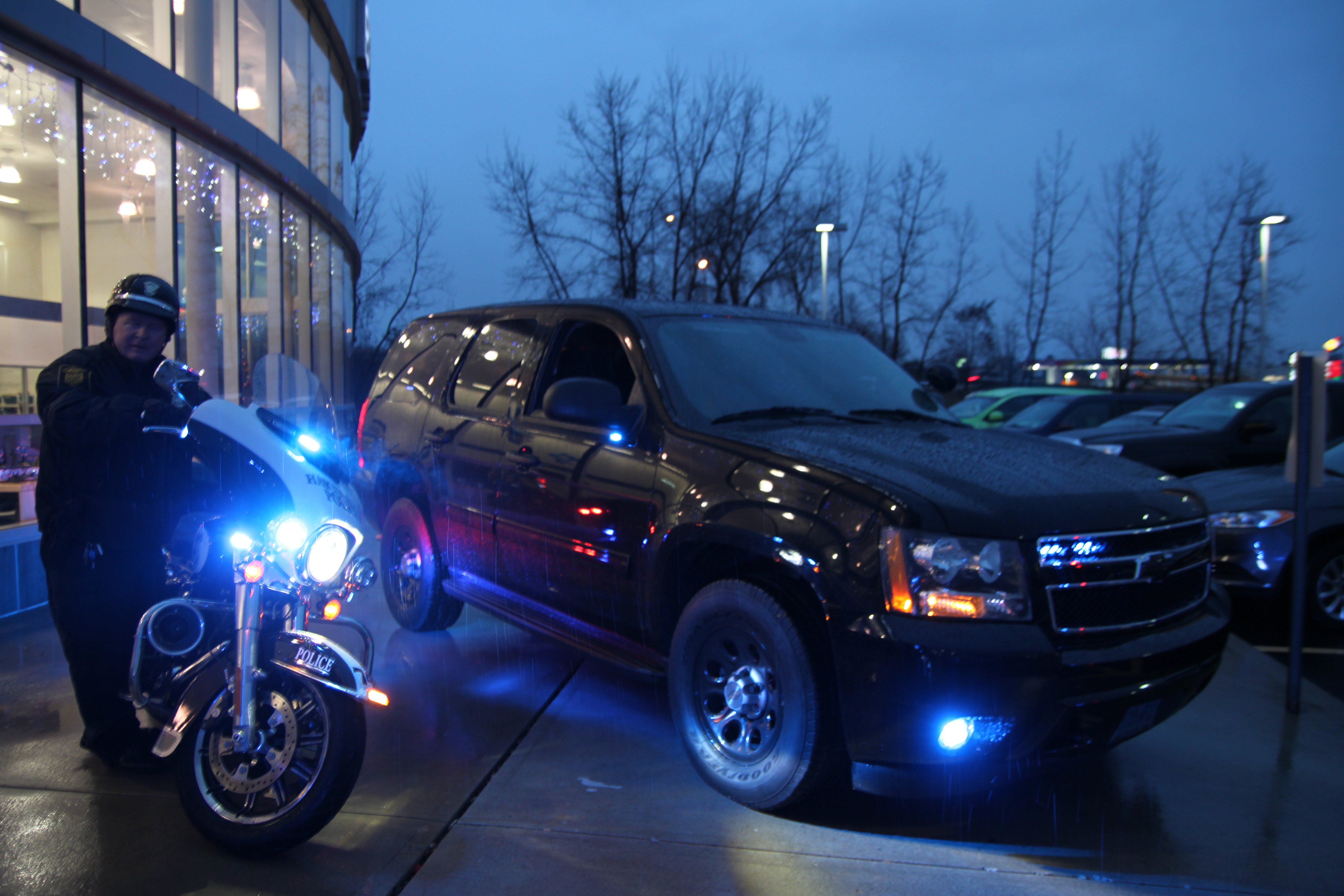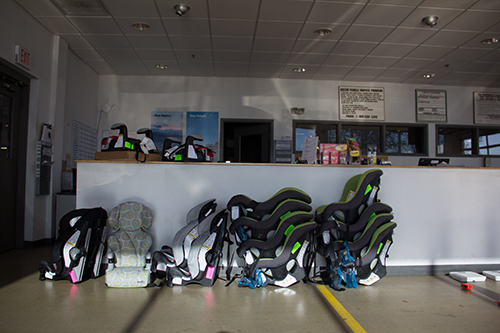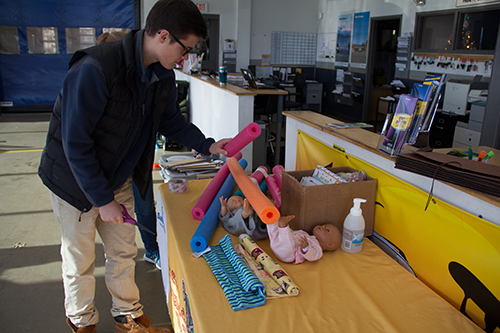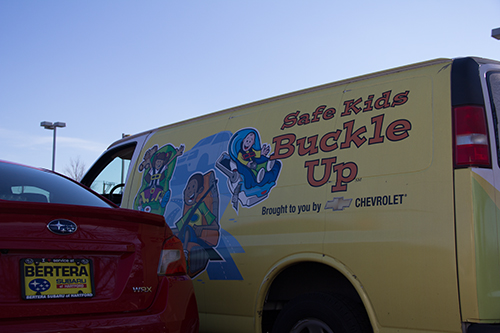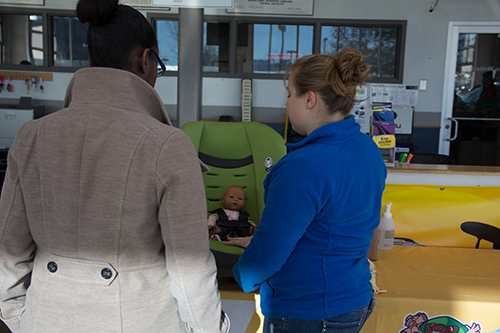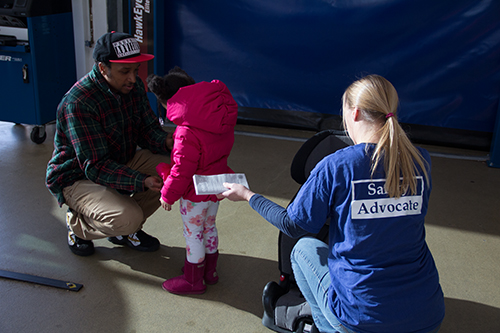
Auto shop class was a frequently offered elective in high schools nationwide, ensuring that a lot of kids knew their way around a car’s engine bay. As a result, when an automobile broke down, the owner was much more likely to understand how to repair it themselves, or at least have a pal or a household member who could fix it for them.
The circumstance has actually changed dramatically over the years. Today’s vehicles are much more intricate, and their owners are much less likely to have actually had any vehicle training. As an outcome, dealerships and garages are repairing a higher percentage of vehicles than ever, and mechanics’ rates have actually risen in accordance with the increased requirement of their services.
Those who do not like the circumstance have another alternative. With a little automotive training, most individuals can perform more of the routine maintenance on their vehicles, decreasing the costs connected with automobile upkeep and allowing them the satisfaction of a task well done.
An oil change is a fairly easy treatment in the majority of cars, requiring just enough automotive training for the individual to know the area of the oil filter and drain plug. A standard vehicle care class must teach vehicle owners how to find significant elements under the hood and perform simple upkeep tasks, as well as imparting important suggestions for starting do-it-yourselfers.

Depending on the vehicle and the mileage recommendations on the parts, a basic tune up can also consist of changing the fuel filter and/or the oxygen sensing unit. On many vehicles, these parts are quickly accessed and require just a basic understanding of automobile functions.
A do-it-yourselfer who has had standard vehicle training can likewise replace his or her own brakes. Changing the brake pads on a vehicle is normally a easy but dirty job, requiring just a fundamental understanding of the braking parts on an automobile. Additionally, there are numerous routine repair and maintenance jobs that an intermediate level amateur mechanic can generally manage on his/her own, such as changing a battery, alternator, starter, timing belt, and lots of other elements.
Naturally, a substantial benefit of having automotive training is that dealers and garages can not take advantage of you by advising upkeep that may not actually need to be done. A fundamental understanding of car mechanics will enable you to smartly discuss any issues with your mechanic, comprehend exactly what he or she is speaking about, and recognize when his/her suggestions are completely or overstated unnecessary.

Undoubtedly, understanding the fundamentals of how a car runs can be exceptionally beneficial, conserving you money in more ways than one. Starting vehicle training classes are normally offered at your regional auto tech school or neighborhood college. Whether you plan to venture a few repairs by yourself, or you merely want to have the ability to hold your own with your mechanic, taking a car care class ensures that you will not be a victim of your very own lack of knowledge.

Be sure to
Like us on Facebook
Follow us on Twitter
Add us to your circle on Google+
Visit our website




































